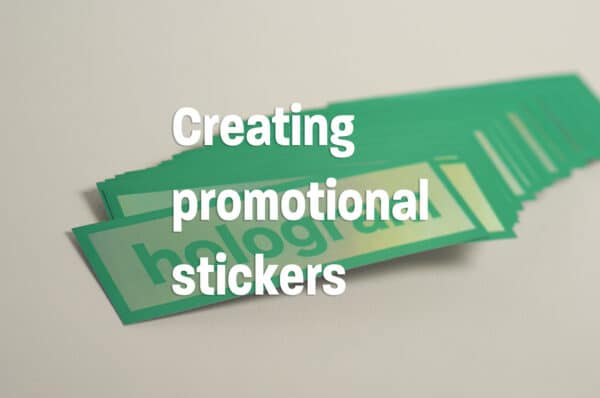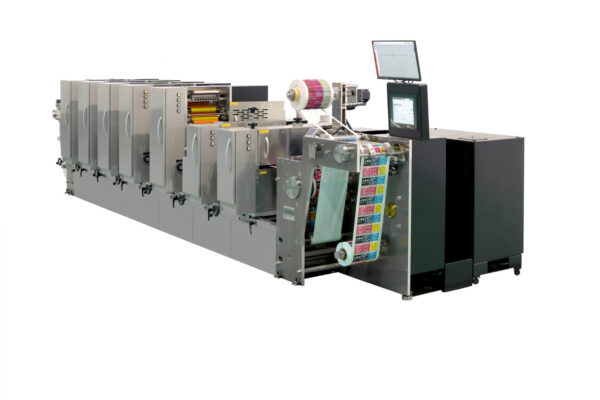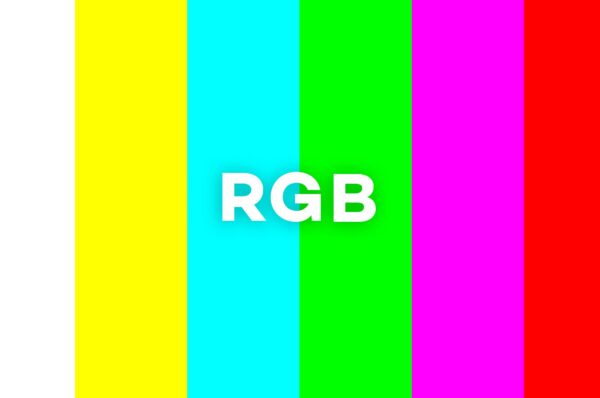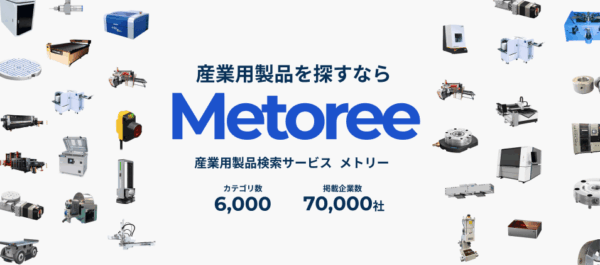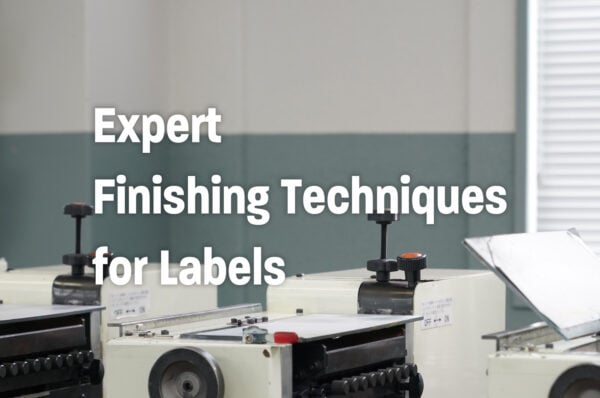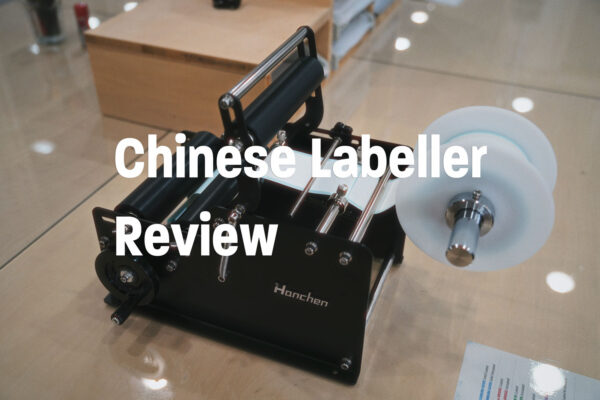What Is Silk Screen Printing? Differences from Offset printing
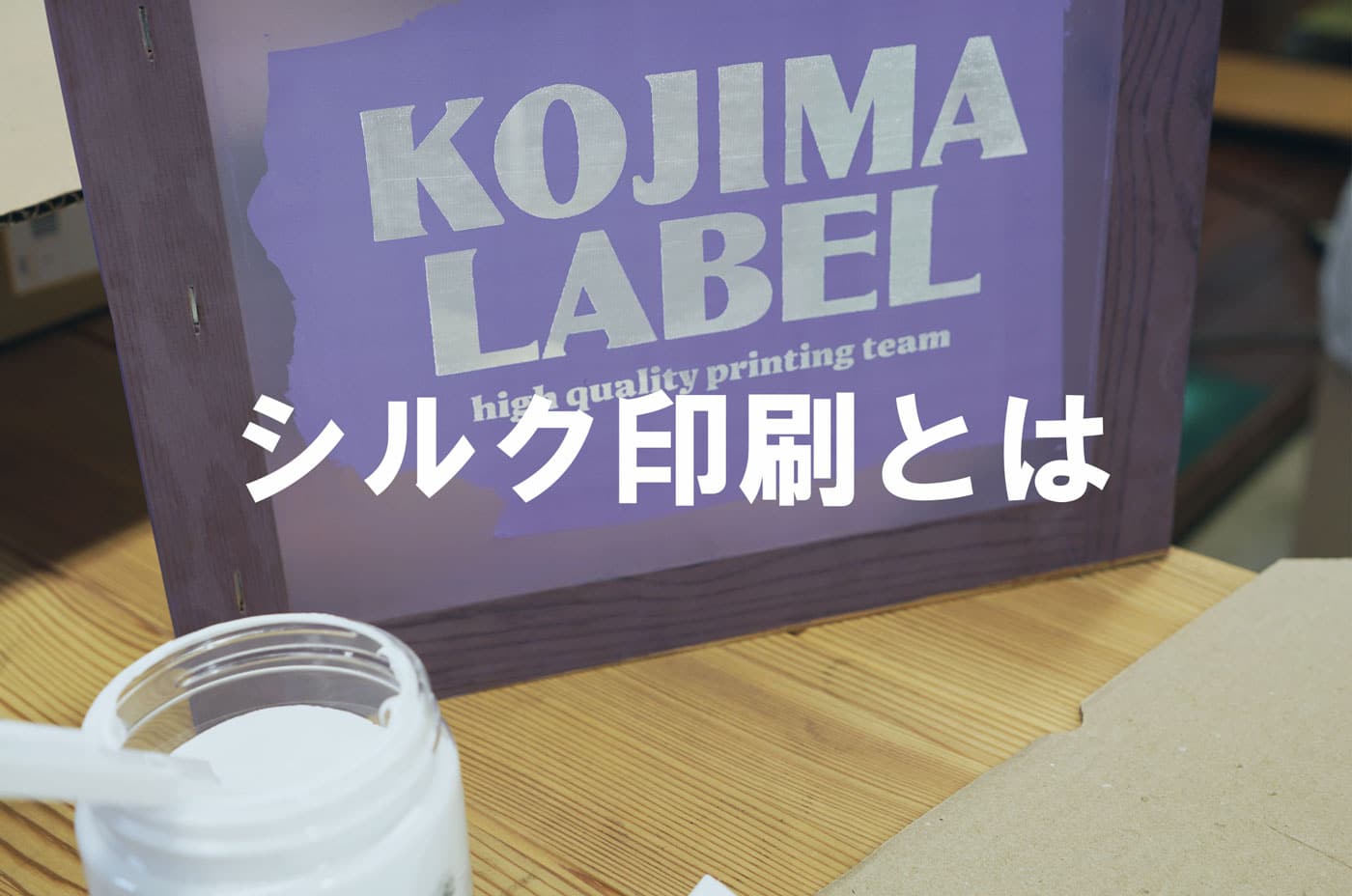
Silk printing is a method where a mesh screen is created for each color to be printed, ink is applied to the screen, and a squeegee is used to press the ink through the mesh onto the substrate. Among the various printing methods, it allows for the thickest ink application, making the printed parts extremely durable and suitable for outdoor use. Another feature of silk printing is its ability to print on large surfaces, such as clothing and signage.
This article explains silk printing in an easy-to-understand manner. We will cover the differences between silk printing and offset printing, their advantages and disadvantages, and the printing process, to help you in your product creation.
Our company specializes in label printing and also handles silk printing. If you are considering creating labels with silk printing, please contact us below.
Please feel free to contact us.
What is Silk Printing?
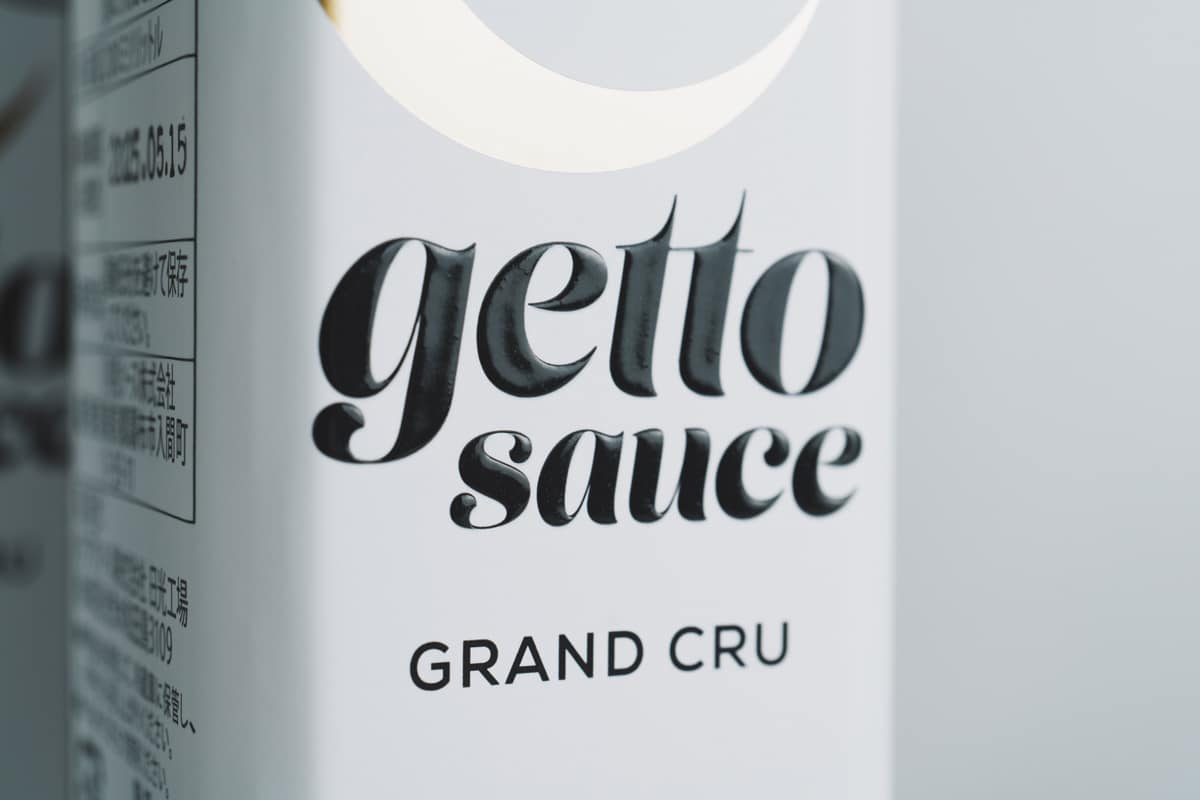
Silk printing is characterized by its ability to apply thick layers of ink. The thick application makes the ink less likely to peel off, making it suitable for outdoor signage and stickers.
Specifically, a mesh screen with varying densities of mesh depending on the design is created. Ink is applied to the screen, and a squeegee is used to press the ink through the mesh onto the substrate. Also known as silk screen printing, its name comes from the original use of silk (silk fabric).
This printing method allows for clear expression of designs on products and can be used on curved or three-dimensional items, making it versatile for various applications.
Differences Between Silk Printing and Offset Printing
In addition to silk printing, offset printing is another major printing method. This section explains the differences between silk printing and offset printing.
Offset printing, in simple terms, involves applying ink to a flat plate, transferring the ink to a rubber blanket roller, and then transferring the ink from the blanket to the paper.
The table below summarizes the differences in printing methods, characteristics, and applications between offset printing and silk printing.
| Offset Printing | Silk Printing | |
| Method | Transfer using a flat plate | Apply ink through a mesh screen |
| Printing Characteristics | Fine | Coarse |
| Lightfastness | × | 〇 |
| Four-color Printing | 〇 | × |
| Spot Color | 〇 | 〇 |
| Gradient | 〇 | × |
| Examples | Flyers, brochures, labels | T-shirts, signs, labels |
Offset printing allows for multi-color printing and gradient expressions that silk printing cannot achieve. It is suitable for large-volume printing and can keep costs down, making it ideal for documents such as flyers and brochures.
Unlike offset printing, which uses a transfer method, silk printing directly applies ink to the product, allowing for thick, vivid color expression. Its ability to emphasize unique designs makes it perfect for novelty items and promotional goods.
For more details on offset printing, please refer to the following article.
Materials and Types of Ink Used in Silk Printing
Silk printing can be used on various materials, making it versatile. Another characteristic is the wide variety of inks available, allowing you to choose the best one for your needs. Here, we introduce the materials and types of ink used in silk printing.
Type 1: Materials That Can Be Printed On
Paper, fabric, ceramics, glass, signs, electronics, metals like stainless steel and aluminum, plastics such as PVC and acrylic, stickers, labels, and more can be printed on.
Not only flat surfaces, but curved surfaces can also be printed on, making it perfect for items like mugs and stainless steel bottles. Its durability makes it ideal for outdoor use, such as signs, banners, and stickers.
Type 2: Types of Ink
There are two main types of ink used in silk printing: "water-based ink" and "oil-based ink". Water-based ink contains a lot of resin, has a unique water-soluble smell, and dries quickly.
Oil-based ink contains a lot of PVC, has no smell, and can be printed on plastic and metal. However, it requires heat treatment for drying, so it is recommended to print at a printing company with the proper equipment.
Here are five unique types of ink that can be used in silk printing.
| Type | Features |
| Thick Ink | Transparent ink can be applied thickly to create a three-dimensional effect |
| Fragrance Ink | Capsules containing fragrance can be mixed in |
| Thermochromic Ink | Text appears or disappears with temperature changes |
| Glitter Ink | Glitter is mixed into the printed area |
| Phosphorescent Ink | Stores light and glows in the dark |
As mentioned above, the ability to use a variety of inks allows for high design freedom.
Five Advantages of Silk Printing
Here are five advantages of silk printing based on its characteristics.
- Cost savings in mass production of the same design
- Superior durability
- Compatible with a wide range of materials
- Can express vivid colors
- Enhances design freedom
Benefit 1: Cost Savings in Mass Production of the Same Design
Silk printing can reduce costs when mass-producing the same design.
This is because once a screen is created, it can be reused, reducing the unit cost per product. The larger the lot size, the cheaper the cost tends to be. We recommend a minimum of 500 units, ideally 1000 or more.
Benefit 2: Superior Durability
Silk printing allows for thick ink application, making it resistant to fading and highly durable.
Red ink, in particular, is highly susceptible to UV fading. While lightfast inks and UV-cut laminates can help, their effectiveness is limited. Therefore, silk printing, which allows for thick ink application and offers high lightfastness, is recommended for red inks.
When printing on items like T-shirts, the red ink may gradually fade and turn pink due to its low UV resistance, so caution is needed.
Benefit 3: Compatible with a Wide Range of Materials
Silk printing can be used on various materials such as paper, fabric, ceramics, glass, metals, and resins. It is suitable for both flat surfaces and curved or three-dimensional products, making it ideal for creating original products for a wide range of applications.
Benefit 4: Can Express Vivid Colors
Silk printing directly applies ink to the substrate, minimizing the influence of the base material. It can express vivid and beautiful colors without being affected by the color of the item being printed.
It is especially recommended for printing on items with a white or black base to achieve clear and vibrant colors.
Benefit 5: Enhances Design Freedom
Silk printing allows for broad printing areas, enabling the expression of free and flexible designs. Printing large logos or names can create impactful designs that stand out at first glance, making it effective for promotional products.
Depending on the screen creation method, intricate designs can also be printed, and changing the ink type allows for a variety of expression methods. The freedom of choice enhances design flexibility, which is a significant advantage of silk printing.
Three Disadvantages of Silk Printing
Despite its many advantages, silk printing also has some disadvantages. Here are three of them.
- Not suitable for four-color printing or gradients
- Not suitable for small lots
- Time-consuming printing process
Disadvantage 1: Not Suitable for Multi-color Printing or Gradients
Silk printing involves creating a separate screen for each color and layering the prints, which can result in slight misalignments with multiple colors. Therefore, it is challenging to achieve high-precision multi-color printing, making silk printing unsuitable for such tasks.
Additionally, expressing delicate color changes like gradients is similarly challenging due to the nature of silk printing. For colorful designs or detailed expressions like photographs, other printing methods should be considered.
However, combining different printing methods can leverage the strengths of silk printing while enabling multi-color or gradient expressions. For example, it is common to print four-color using offset printing first and then apply a thick layer of transparent varnish using silk printing. By combining multiple printing methods, a wider range of designs can be accommodated.
Choosing the best printing method or combination based on the design and purpose of the printed material is crucial. Consulting a printing company that can handle multiple printing methods will help create better prints.
Disadvantage 2: Not Suitable for Small Lots
Silk printing requires creating a separate screen for each color, which is labor-intensive and costly.
While the screens can be reused, reducing the cost per unit for large quantities, printing in small quantities is more expensive.
For small quantities, consider on-demand printing.
Disadvantage 3: Time-Consuming Printing Process
Silk printing involves creating a separate screen for each color, applying the ink, and drying it naturally or with heat, which takes time.
Therefore, for urgent projects, other printing methods may be needed. If the deadline allows, silk printing can produce high-quality labels.
Our company also produces silk-printed labels. If you are considering this option, please feel free to contact us below.
Please feel free to contact us.
Explaining the Silk Printing Process in 6 Steps
Silk printing offers excellent durability by applying a thick layer of ink. Here, we will explain the silk printing process in 6 steps. The following video shows the process when we made T-shirts DIY in-house, but please refer to it as a guide for the process. (When you order sheets, everything is done by machine.)
- Create the design to be printed
- Create the mesh screen
- Set up the item to be printed
- Apply ink to the mesh screen and spread it with a squeegee
- Lift the screen
- Dry the print
Step 1: Create the design to be printed
First, create the screen based on the design you want to print. Create the design data and output the film for screen printing.
Step 2: Create the mesh screen
Fit the output film into an aluminum frame to make the screen. Apply a photosensitive emulsion evenly, which hardens when exposed to UV light, according to the design.
Expose it to UV light, wash away the unhardened parts with water, and dry it to complete the mesh screen. Since a screen is needed for each color, create multiple screens for multi-color printing.
Step 3: Set up the item to be printed
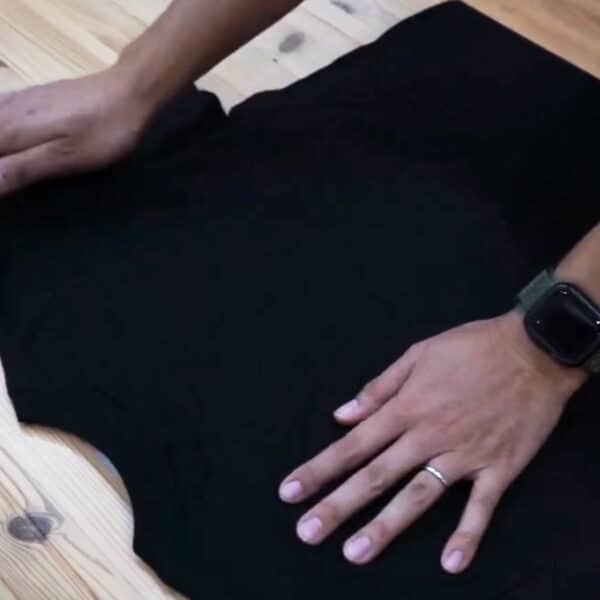
Check the item to be printed for dirt and dust, and set it up on the printing table without wrinkles.
This step greatly affects the final print quality, so it's important to ensure everything is properly set up. Taking this extra step results in a beautifully finished product.
Step 4: Apply ink to the mesh screen and spread it with a squeegee
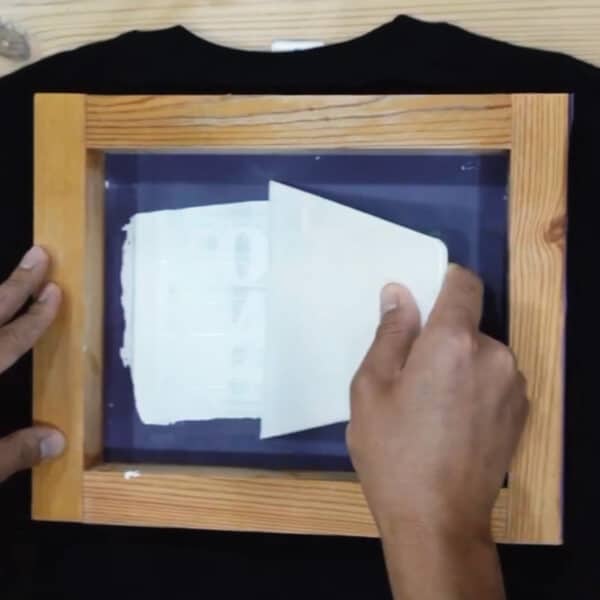
Adjust the ink viscosity according to the design. Apply the adjusted ink and use a squeegee to spread it evenly through the mesh.
Adjust the speed and pressure of the squeegee depending on the design and material. If the ink amount is insufficient or the pressure is too weak, the ink will not transfer properly.
If the ink is not applied in the correct amount, the surface of the print may become uneven. Therefore, it is crucial to balance the ink amount and the pressure applied to avoid any failures.
Step 5: Lift the screen
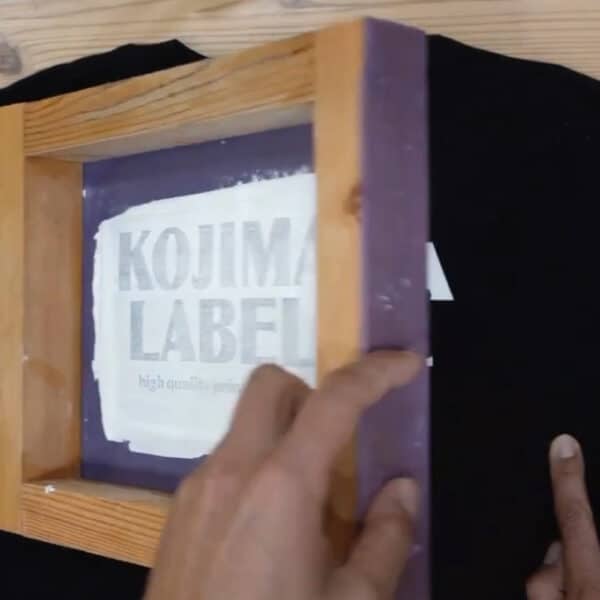
Lift the screen and check if the print matches the desired design.
The amount of ink that transfers can vary depending on the angle and pressure of the squeegee, which may result in differences from the intended design. Additionally, check for any smudges or blurring to ensure a high-quality finish.
Step 6: Dry the print
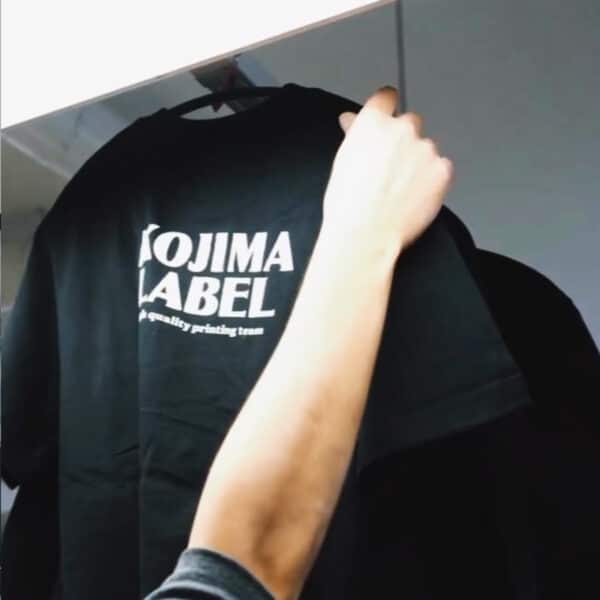
Dry the ink using natural drying methods or specialized equipment. Adjust the drying time and temperature according to the type of ink used.
For multi-color prints, repeat steps 3 to 6. The print is complete once the ink has fully set on the product.
Considering Silk Printing? Contact Us
Silk printing is an excellent method for producing durable prints on a variety of materials, from paper to metals. It is especially suitable for outdoor signs and stickers due to its UV resistance and durability, allowing for tailored printing for different usage scenarios and locations.
Additionally, with a wide range of ink options available, silk printing can be used to create impactful original products for promotional purposes. We also offer high-quality silk printing label production. If you are considering silk printing, please feel free to contact us.

Start Your Project Now!
Contact Us or Get a Quote!

